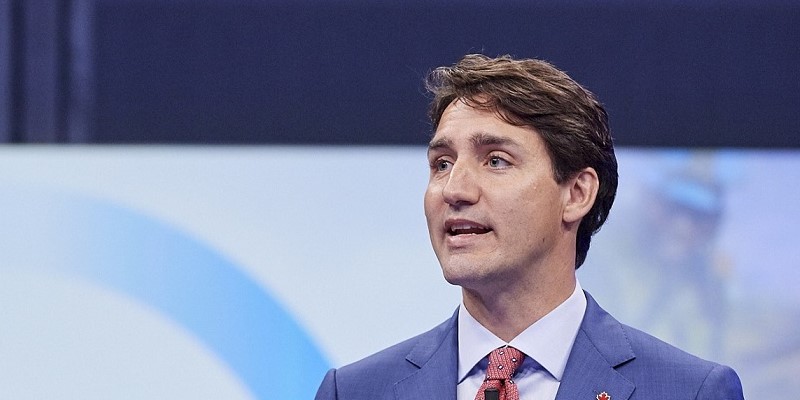Politicians clueless about implications of ‘net zero’ crusade

“Net zero” is a popular talking point among many politicians and members of the commentariat. It refers to the idea of eliminating greenhouse gas (GHG) emissions attributable to the production and use of fossil fuels (oil, natural gas and thermal coal) by 2050 or sooner. Many believe this is necessary to stem the warming of the Earth’s atmosphere that’s been occurring since the late-1800s.
In Canada, the Trudeau government has embraced net zero and adopted a host of laws, policies and regulations intended to reduce GHG emissions including to fully “decarbonize” the electricity sector by 2035, only a dozen years from today.
To be sure, moving away from fossil fuels as an electricity source is necessary if policymakers are committed to net zero. However, doing so won’t be easy. Few champions of net zero have any idea how much additional electricity—not just capacity, but reliable “watt-hours”—will be needed to meet this goal. Fewer still understand the infrastructure requirements of developing an entire energy system centred around electricity. And almost none have a handle on the gargantuan capital investments needed to finance and engineer a rapid energy transition, or what this means for Canada’s existing regulatory processes.
Canada is unusual globally in that our electricity system already is relatively “green,” with about four-fifths of electricity generation coming from water, nuclear, wind and other renewables. But there’s a qualification: electricity satisfies only a modest slice—roughly one-fifth—of Canada’s total primary energy demand. Fossil fuels supply most of the energy used in transportation, heating, agriculture and industrial activity.
Converting aggregate energy consumption to a single common unit—gigawatt hours, which is how we measure useable electricity—policy analyst Denise Mullen has calculated that Canada would need at least 20 new power generation projects, each matching the output of British Columbia’s Site C dam, to reach a 100 per cent clean electric system.
Site C is a large and complex project that’s been plagued by delays and soaring costs. It’s hard to imagine Canada pursuing 20 or more projects of similar size within the next decade. Another option might be to build hordes of smaller generation facilities, possibly with a couple of bigger ones tossed into the mix, to significantly expand the production of clean electricity. The federal government seems to be leaning in this direction, with billions of dollars set aside in Budget 2023 to subsidize the roll-out of new clean electricity generation and transmission infrastructure.
Meanwhile, Canada has acquired a reputation as a difficult place to pursue industrial development, including “linear” infrastructure such as pipelines and power lines. It can easily take more than a decade to get a mid-sized project approved, permitted and constructed, even with strong government support, Due to our environmental review processes, permitting systems, legal obligations to consult with and accommodate Indigenous communities, and frequent public and interest group opposition.
Are policymakers in Ottawa and across the country prepared to overhaul project review and approval processes to realize net zero? Does the public understand the costs and risks involved in massive new investments in power generation and transmission? Such questions tend to be waved away by politicians and pundits captivated by the vision of net zero. But bold vision without a solid grasp of the facts and context and a realistic plan of execution amounts to hallucination. There’s plenty of that in Canada today.

